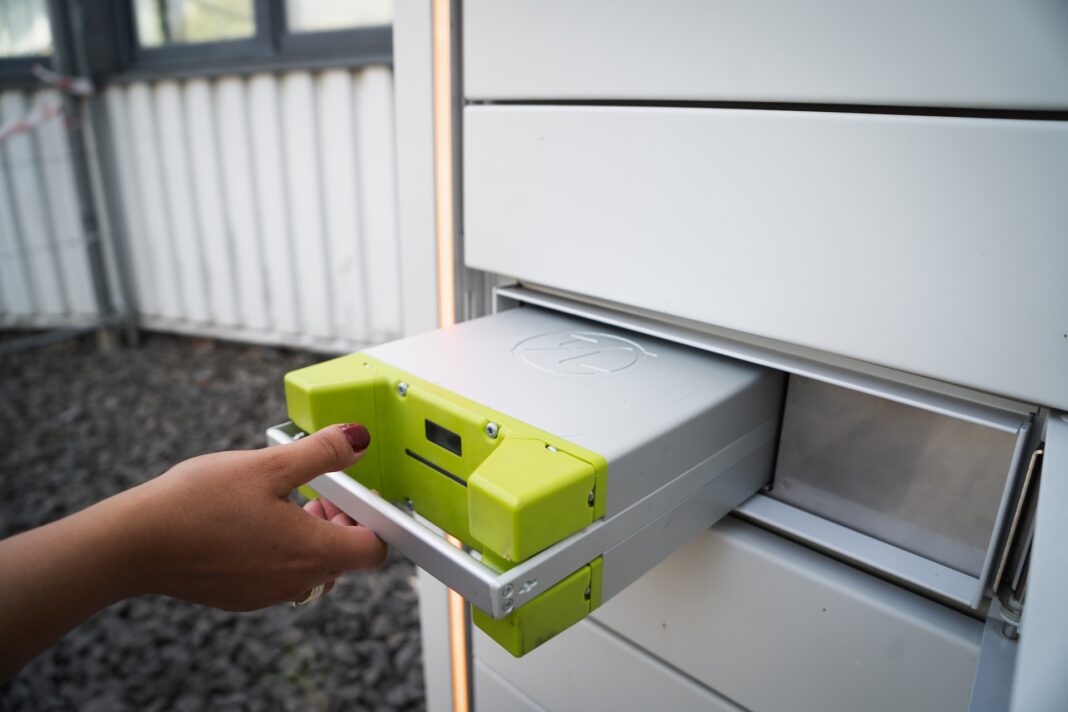Apple’s latest foray into wearable technology has overtaken headlines with the Vision Pro. Set for a 2024 release, these AR goggles have reignited the conversation around AR, VR, and the peril of marketing wearables to wide demographics.
The era of spatial computing is here. Where digital content blends seamlessly with your physical space. So you can do the things you love in ways never before possible. This is Apple Vision Pro.
— Apple (@Apple) June 5, 2023
The Digital Road So Far
VR walked so AR could run – it hasn’t been an easy road. VR isn’t going anywhere, but it’s undeniable that marketing them to wider audiences is difficult. Apple may discover this with the Vision Pro, which does have more real-world applications that appeal to non-gamers in its applications.
Comparing interactive entertainment online, the iGaming industry has been steadfast for many years without the need for wearable tech adoption. While some VR casino projects exist and even find success, most still prefer visiting a casino online for real money using a monitor screen and not a screen strapped to their faces. The bright colors and eye-catching themes of many casino games were made to be played from a distance. The same can be said for a lot of visual entertainment mediums.
AR strikes a balance not before seen with VR and other simulated spaces. Instead, it overlays a digital world over our own to make the experience more seamless and practical. We have already experienced a phenomenon that mainstreamed AR when used with smartphones. Since then, AR tech has fallen into relative decline, and no wearables have been produced. Apple hopes to change that.
Vision Pro VS Wearable Technology Issues
It didn’t take long for Apple’s Vision Pro to draw criticism, mainly for its $3,500 price tag. With technology that already has a high barrier to entry, it’s the most expensive non-luxury wearable we’ve seen. VR competitors like the Meta Quest Pro are at most $1,000, though the Microsoft HoloLens is a similar price despite having limited capabilities in comparison. Apple seems content with the Vision Pro being a higher-end product that only a few can afford, which is the case with other items they offer. It’s also likely that future iterations will become more cost-effective.
The Vision Pro attempts to tackle another issue that has plagued VR/AR wearables – balancing battery life with comfort and fashion. Most goggles are thick and unwieldy because they have a battery built into them, which gets warm and weighs the front of your face down. Apple has solved this by making it external, worn somewhere else on your person. Essentially, carrying a battery pack on you, but with just 2 hours of charge, unlike external phone chargers.
Reactions to this were mixed, but ergonomically it makes sense. It may go against the sleek aestheticism that Apple cultivated over the Jobs years, but it seems to be better than wearing it on your face. VR enthusiasts can strap a heavy block to their face for a half-hour, but the Vision Pro aims to have more AR, public-facing uses. It can’t be heavy on the neck if that’s the case.
As the Vision Pro rollout starts in 2024, we’ll see how well this project does. It’ll undoubtedly be niche-like prior attempts at wearable adoption, this time from a world leader in technology and brand management. However, it may be the first step towards convenient and cost-effective VR/AR technology for everybody.








